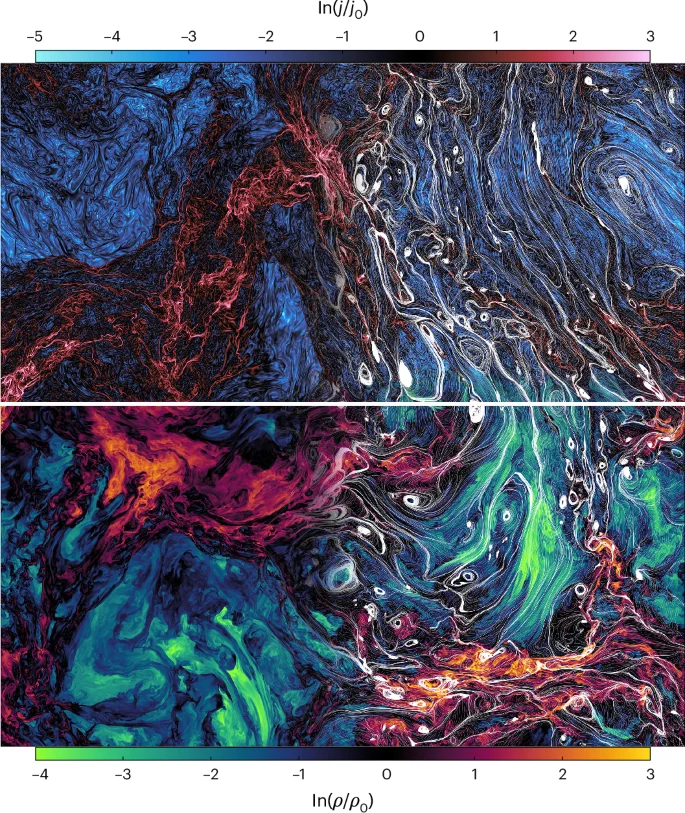
Supercomputer Unveils Chaotic Magnetic Turbulence in the Milky Way, Rewriting Space Weather Predictions
In a groundbreaking discovery, scientists have used the world's most powerful supercomputer, the SuperMUC-NG, to map massive magnetic turbulence in our galaxy, revealing a chaotic new space phenomenon. This research, led by teams from Princeton University and the University of Toronto, is poised to revolutionize our understanding of cosmic energy movement and refine space weather predictions, critical for future space exploration.

Turbulence, often associated with earthly phenomena like swirling coffee or ocean currents, also pervades the vastness of space. Understanding this galactic turbulence, especially within the interstellar medium – the space between stars – has been a major challenge. The new simulation sheds light on how energy moves and dissipates through cosmic spaces, revealing significant differences from previous astrophysical models.
Key findings of the simulation include:
- Magnetic fields play a crucial role: The simulation highlighted that magnetic fields significantly influence how energy moves and dissipates through cosmic spaces reducing small-scale turbulent motions.
- Amplification of Alfvén waves: The simulations demonstrated that magnetic fields amplify specific wave-like phenomena known as Alfvén waves.
According to James Beattie from Princeton University, the ongoing challenge lies in discovering universal features of turbulence across the universe, pushing the boundaries of next-generation simulations to further test these ideas. These new insights could profoundly impact our comprehension of the galaxy’s turbulent structure and the dynamics of energetic particles.
The sheer scale of the simulation necessitated the immense computing power of the SuperMUC-NG supercomputer at the Leibniz Supercomputing Centre in Germany. This enabled researchers to condense millennia of calculations into a manageable timeframe. The resulting model created a vast virtual cube, each side measuring 10,080 units, the largest simulation of magnetized turbulence to date.

As the commercial space flight industry expands, accurate space weather prediction is increasingly vital. Amitava Bhattacharjee, a co-author of the study, stresses the importance of understanding the plasma environment around satellites and space missions. This research illuminates the acceleration of high-energy particles, which can damage equipment and endanger astronauts.
This study, published in Nature Astronomy, opens exciting avenues for future research. The dream of identifying universal characteristics of turbulence across different cosmic environments drives researchers to expand simulation limits continually. With each breakthrough, the scientific community moves closer to unraveling the universe's intricate energy dance. It will be exciting to see how improved simulations can complement existing data. These enhanced models could even help solve long-standing mysteries that have remained due to the limitations of current observational technology, providing new insights where direct observations have yet to reach.
The researchers have already begun testing if the model matches existing data from the solar wind and the Earth and it's looking very good.
What implications do you think that this enhanced understanding of galactic turbulence will have on upcoming space exploration endeavors? Share your thoughts and predictions in the comments below!